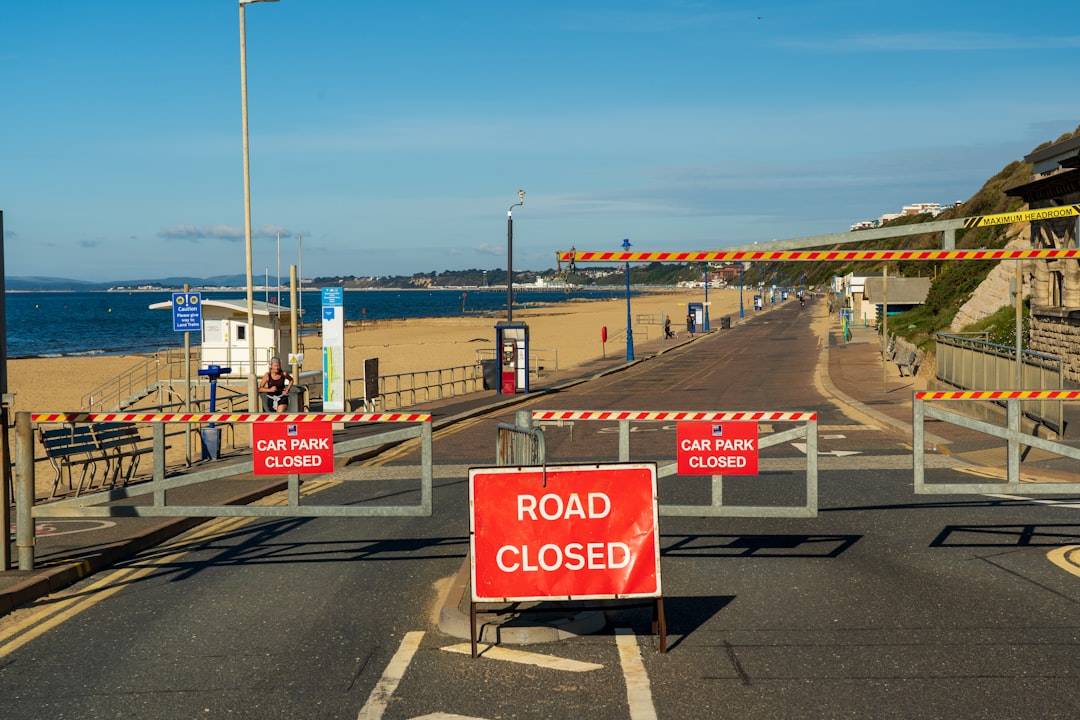Contents
Introduction
Palestinians In Israel
Settlements and Changing Borders
Concluding Remarks
Introduction
Since Israel was established as a state in 1948, it has seen its own territory expand through annexations of territory in past conflicts. The Golan Heights region, formerly of Syria, and the Sinai Province of Egypt returned in the 1979 peace agreement are such examples. Jerusalem sees conflict as Israel wants to establish the entire city as its capital, and Palestine wants East Jerusalem. Jerusalem and the West Bank are also seeing conflict during this Hamas-Israel War in the Gaza Strip. The territory has Hamas influence and members present but is officially controlled by Fatah, a branch of the Palestinian Liberation Organization. The conflict stems from the historical issues that have existed for close to a century when the British proposed the Balfour Declaration to support its own war. In general, we fail to consider our actions' second and third-order consequences. This conflict is an example of such a concept.

Palestinians in Israel
Some Palestinians can work in Israel, but they have to be heavily vetted for this. The 2021 figures for Palestinian workers in Israel and the West Bank Israeli settlements accounted for 18.8% of the total workforce in the West Bank. Between 2007 and 2019, the Gazan blockade meant no Palestinians from Gaza could work in Israel. How are Palestinians working in Israel limited and hindered, accepting fear in their everyday lives for the hope of a better future with more ample opportunities to escape a region where conflict is unfortunately inevitable?
Keep reading with a 7-day free trial
Subscribe to Geopolitics Explained to keep reading this post and get 7 days of free access to the full post archives.



